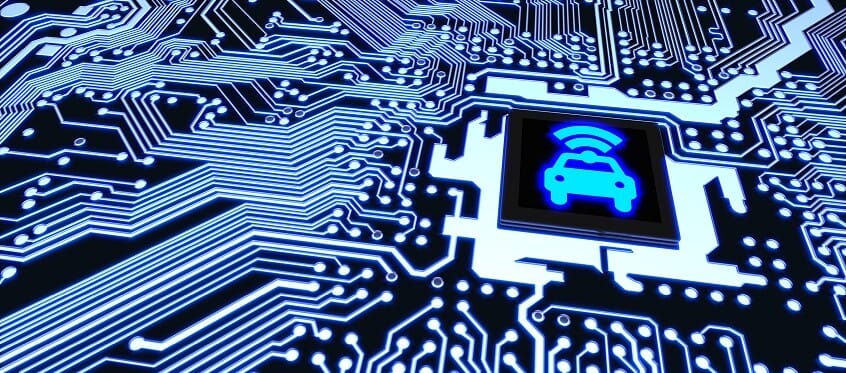How to start using Autonomous Systems? - Course Monster Blog

Autonomous systems are transforming business for manufacturers, much way automation did decades ago. Engineering executives investigate fresh approaches to move factories into the modern era as green initiatives, infrastructure end-of-life cycles, and changing yield expectations continue to influence businesses’ plans. By enhancing automated processes, autonomous systems give manufacturers the intelligence they need to boost output quality and consistency. Autonomous systems are enhanced expert decision-making by making AI-powered optimization ideas to improve the industrial experience. They are built, trained, and deployed by your best engineers.
Autonomous systems can function alone to carry out specified optimization plans as well as give individuals advice or assistance. AI revolutionizes the industrial floor by having the ability to manage hundreds of possibilities and inputs in a split second.
Autonomous Systems: Complex systems with many variables
When dealing with that complexity and optimizing for all of the variables, autonomous systems are far more effective. AI can quickly develop an optimization strategy by analyzing dozens of competing inputs using simulations or historical data. Although little differences in factors like temperature, air pressure, or humidity may be difficult for humans to notice as patterns, AI models have no trouble doing so. When PepsiCo used AI to create Cheetos puffs, it took factors like these into account. These components are fed into the autonomous system, allowing the AI to filter through each variable and take into account every possible result.
Autonomous Systems requiring hard-to-find expertise
New workers are expected to fill the hole left by your previous generation of manufacturing workers as they get ready to exit the workforce. Any manufacturer will face difficulty in transferring factory knowledge to new employees. Many systems rely on intricate calibrations, and even the slightest error can cause extra work, resource waste, and non-conforming products. Any tool that manufacturers can use to hasten the development of that expert level of knowledge—which usually takes years—will be beneficial for output.
The senior engineers and operators in the plant can instruct the AI agents using a novel technology developed by Microsoft called machine learning, which enables the autonomous system to learn complex strategies and methodologies much more quickly than with conventional AI approaches. New hires can then be assisted through that learning curve by the resulting AI agents. By pairing new operators with an AI counselor, NOV quickly onboarded them. Expert-trained AI can enhance performance outcomes much above inexperienced personnel left on their own by providing workers with help or advice, or even by functioning autonomously.
Want to know more about Microsoft? Visit our course now.
Systems with time-sensitive decisions
Some opportunities for optimization happen in a split second. Reactors must be carefully calibrated for chemical businesses to produce their goods. Spend just a fraction of a second at a higher temperature, and the entire product is instantly out of specification. However, even little alterations in scheduling might decrease non-conforming polymers and boost output.
Considering a large number of inputs and responding quickly is frequently necessary for optimal control. An autonomous system arranges a cacophony of inputs into a symphony of production while operators do their best to log, monitor, and regulate these variables. The AI optimizes and generates efficiencies that were previously impossible by processing inputs in real-time. Bell is developing autonomous technology to help autonomous aircraft find the best landing places and execute precise landings.
Explore about on how to use autonomous systems. Visit us here.




Comments ()